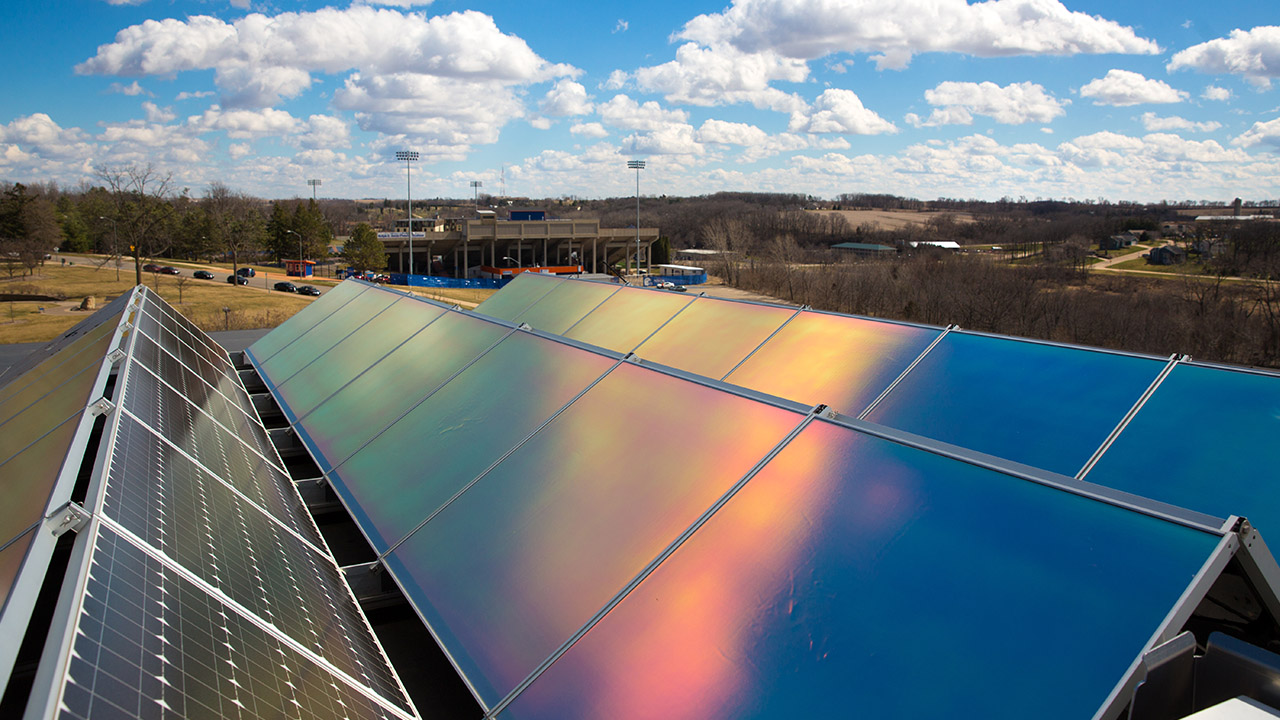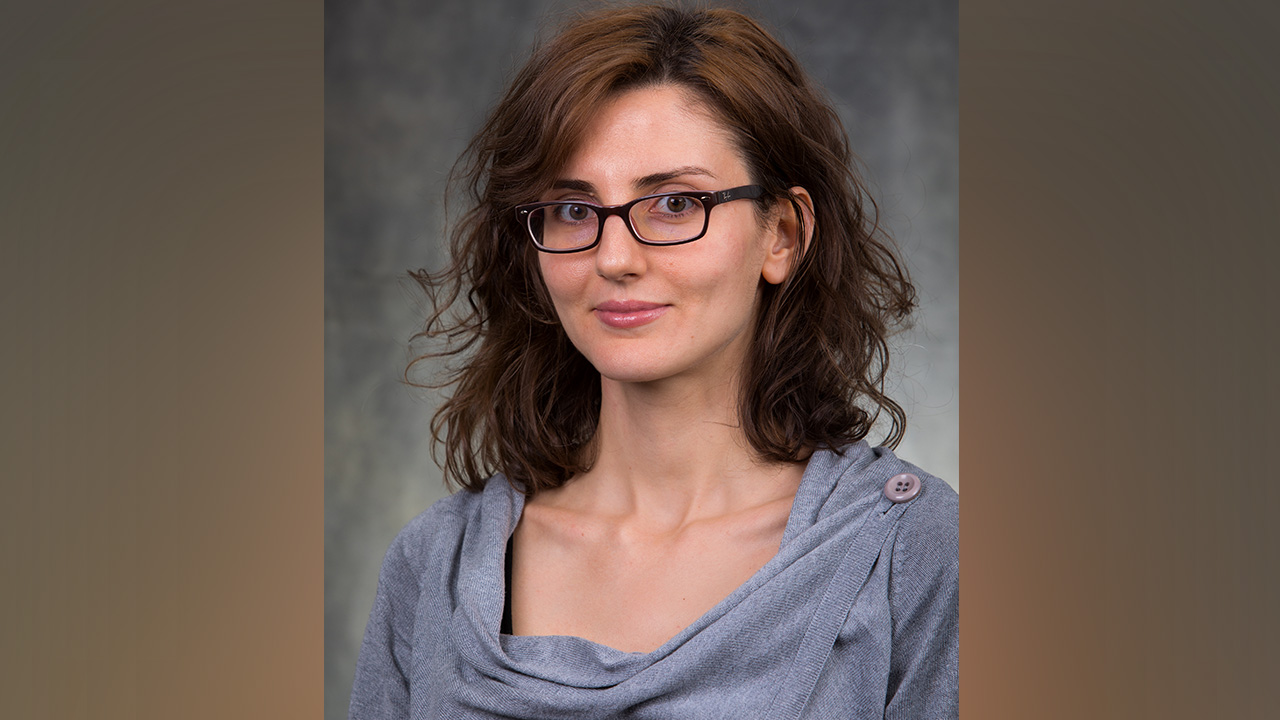

In recent years, the United States has witnessed a boom in solar energy use, as trends toward sustainable living grow. But how environmentally-friendly is solar technology when it reaches the end of its life cycle? That is the question Dr. Ilke Celik, University of Wisconsin-Platteville assistant professor of sustainability and renewable energy systems, and a team of researchers are hoping to address.
Celik was recently awarded funding from the National Socio-Environmental Synthesis Center (SESYNC) for her project, “Energy-Water Nexus Analysis of Solar Energy Industry.” She will lead a team of a dozen international researchers, made up of industry partners and faculty from institutions in the U.S., Australia and China, including Dr. Xiaoguang Ma, UW-Platteville assistant professor of electrical engineering.
Celik’s research will focus on planning for the end of life of current and future photovoltaic technology. This involves analyzing the environmental, societal and economic trade-offs of the different end-of-life pathways – remanufacturing, recycling or disposing in a landfill. Made of heavy metals and toxic chemicals, photovoltaic panels are complicated to disassemble to reuse and recycle, and require a facility specializing in this process. According to Celik, the challenge is that there are few of these facilities in the country.
“Infrastructure for recycling is not good in the United States,” said Celik. “With all of the Co2 emission caused by transporting these materials to a center, the environmental impact doesn’t make sense. We’ll be looking for alternative options. Should we recycle, or should we find a way to reuse them? Can we recycle on site without taking them to a center? Or should we recycle only the glass, which may make more environmental and economic sense.”
A shortfall in this research, according to Celik, is the lack of environmental data on the impacts these end-of-life options have on bodies of water. The funding from SESYNC will bring together multidisciplinary experts to explore this problem, allowing Celik to combine her expertise in the energy side of the research with experts in water systems and social sciences. The project will construct the first photovoltaic energy-water database that consists of hazardous and toxic emissions to water bodies, by creating energy-water networks for the various end-of-life scenarios.
The funding covers travel for the entire research team to collaborate at the SESYNC in Annapolis, Maryland, for a period of several days, three times, over an 18-month duration.
Celik is also involving three undergraduate students in the research, from the electrical engineering, engineering physics and environmental engineering disciplines. She said the experience will offer students more than the valuable hands-on research.
“Employees are asking for writing abilities and presentation skillsets,” said Celik. “These are important, and I think with this project they are going to gain it. I’m setting my bar high for students, and I’m hoping by the end we’ll end up with a publication.”
Celik’s first meeting with the research team at the SESYNC is planned for March 2020.